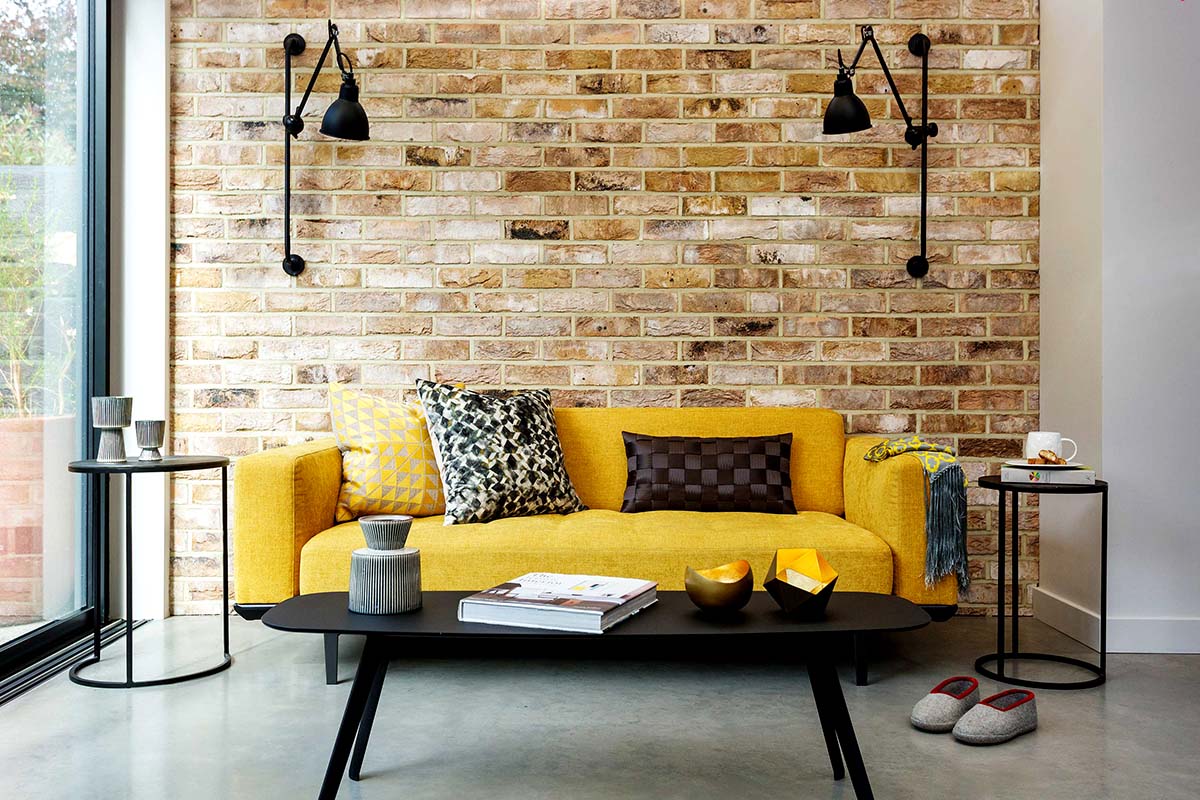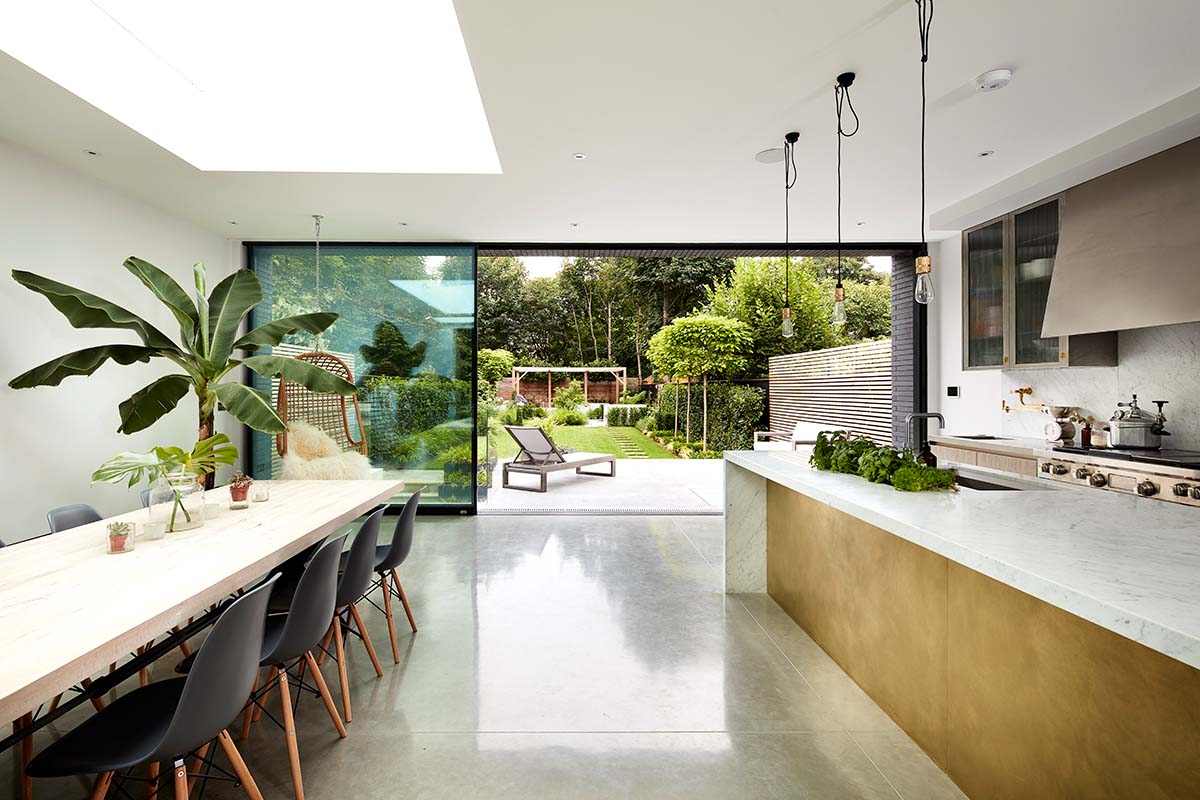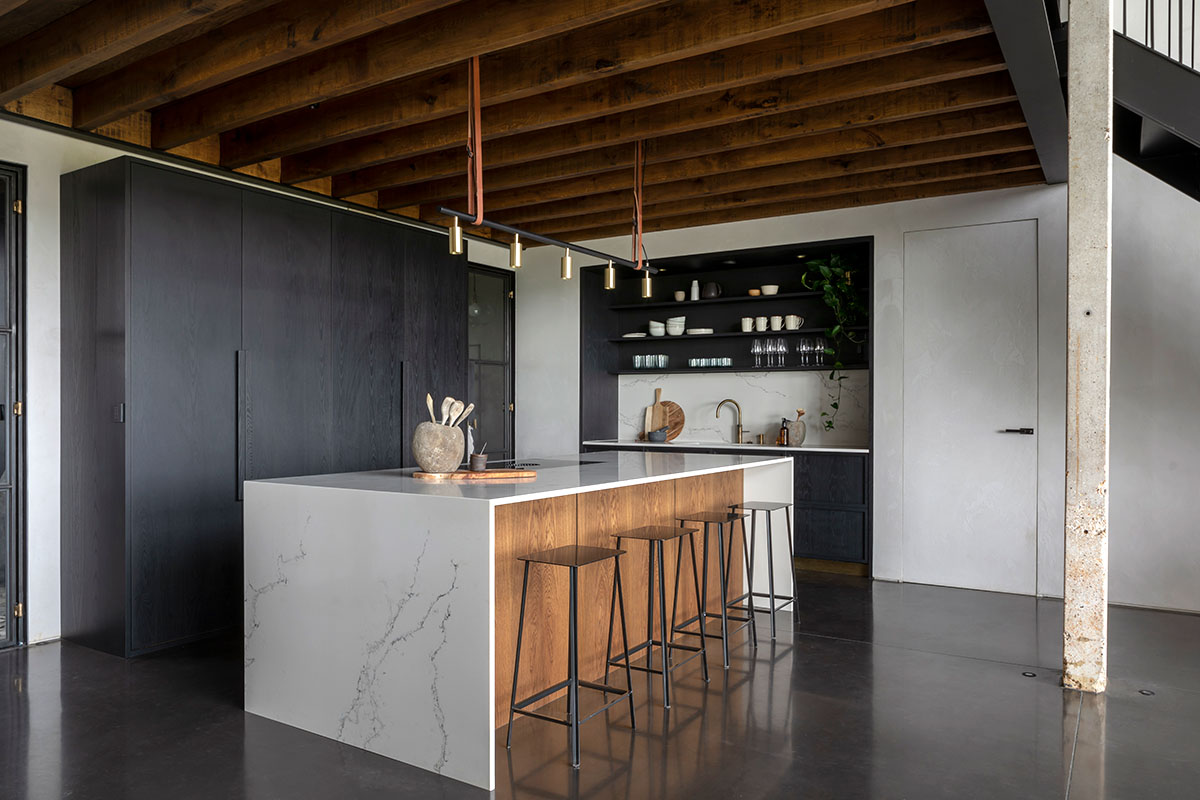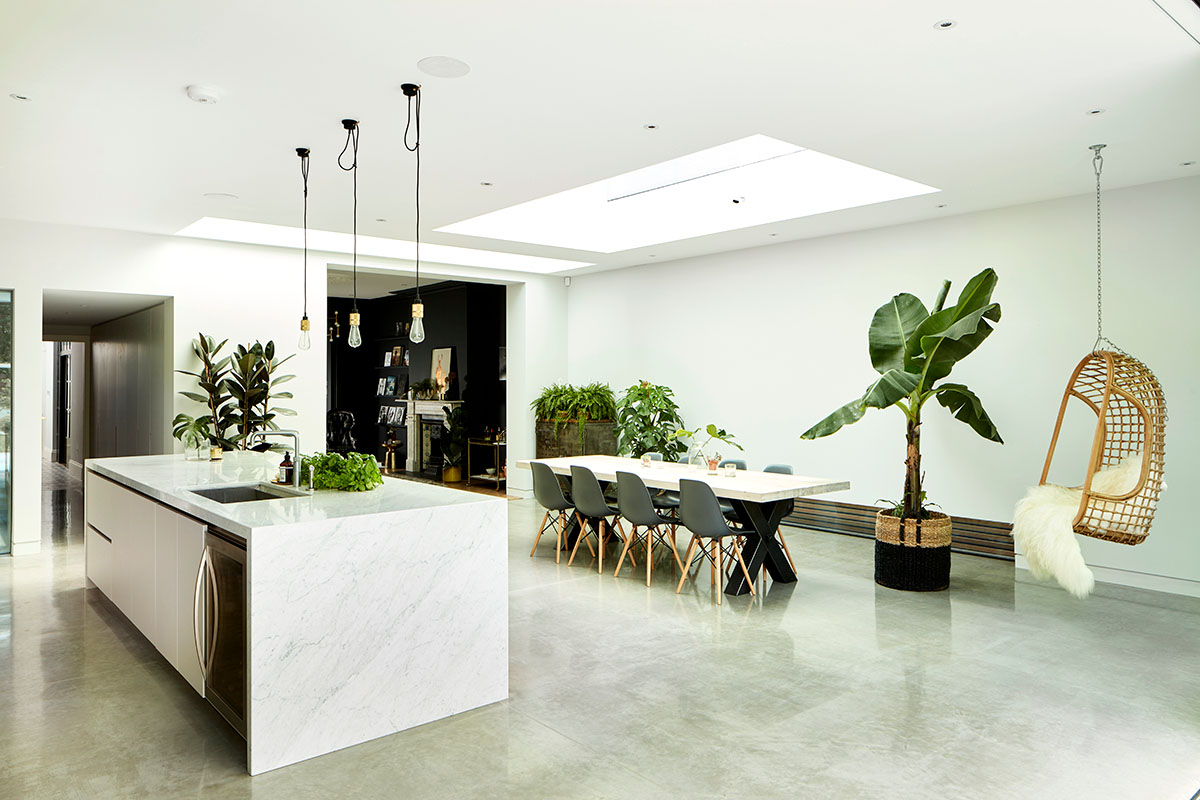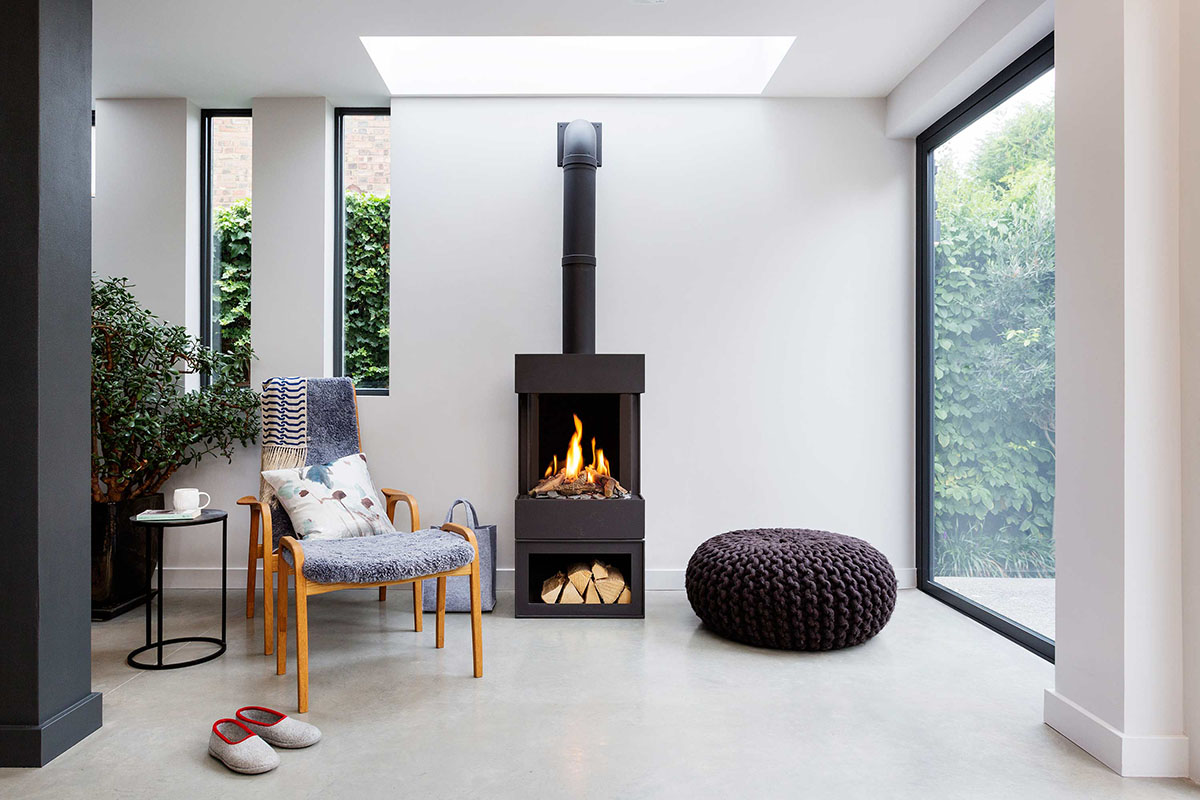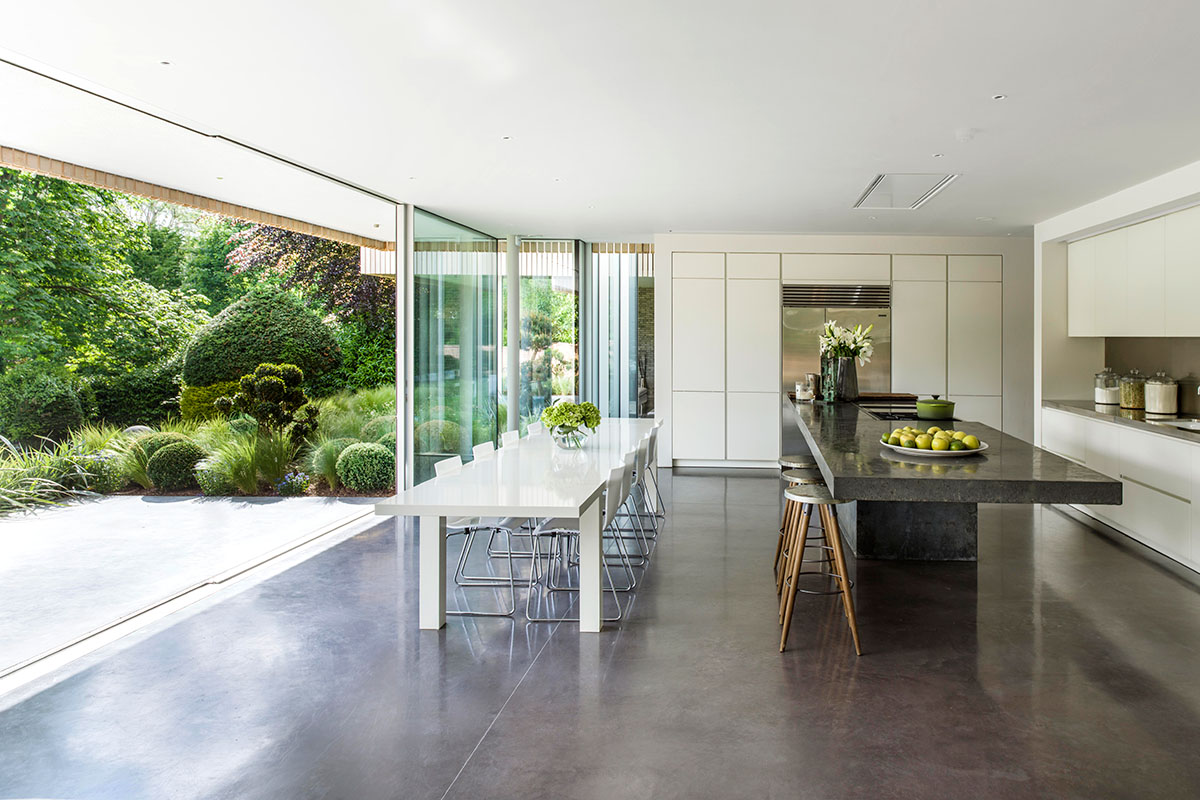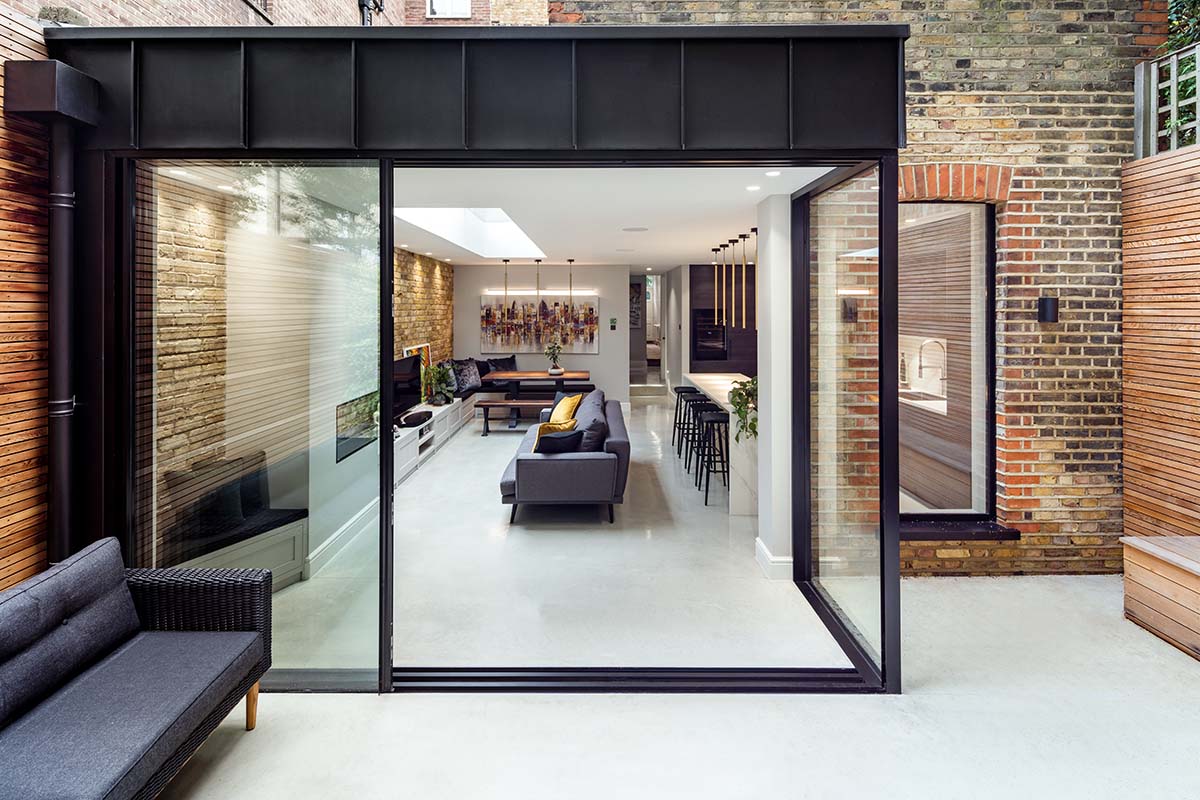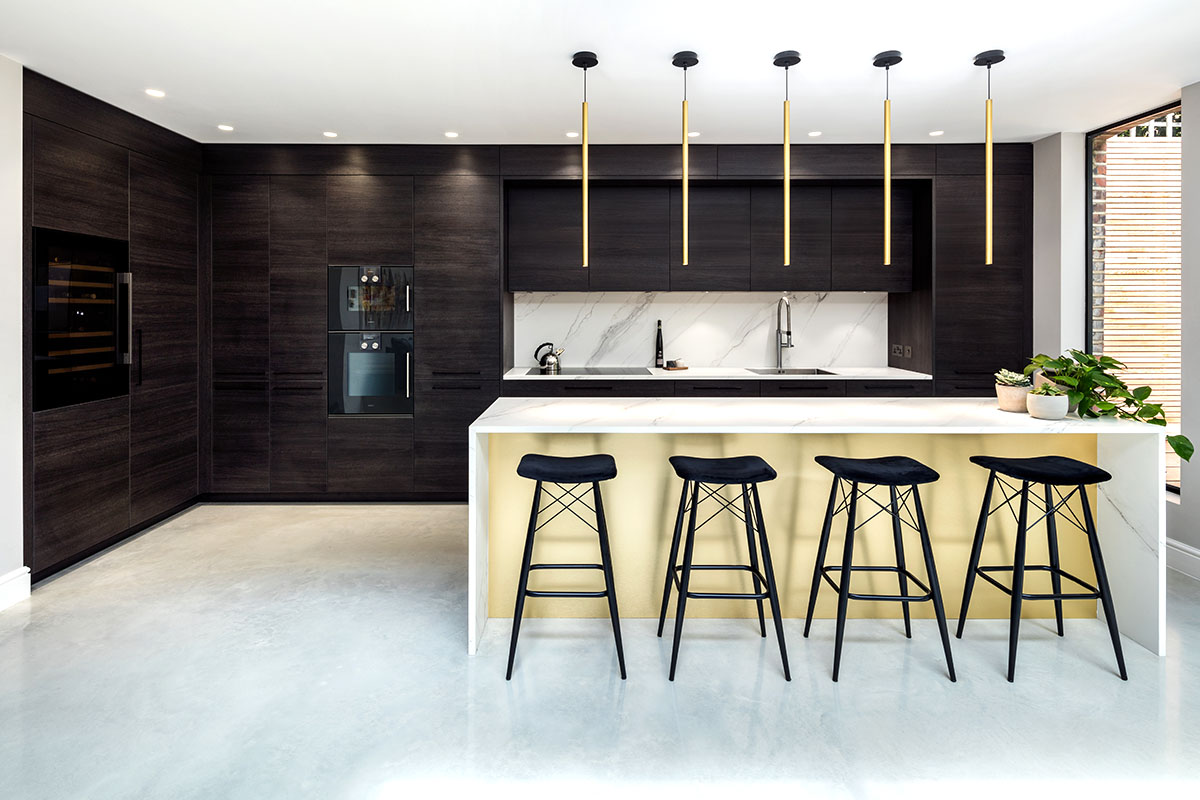Polished Concrete trends to inspire
Three ways to style our iconic floors
Polished concrete is at the forefront of a new era in interior design. Beautifully understated with a touch of contemporary elegance, it’s no wonder this versatile surface is having a moment. Let’s take a look at three of the biggest trends and our tips to create your perfect polished concrete interior.1. Modern Industrial
While “industrial design” was once associated with Brutalist architecture and cold functionality, today it’s all about avant-garde sophistication.
“Concrete’s simple, understated style and natural durability make it an ideal base for a Modern Industrial design,” says our resident expert, Ben Young. The secret? Transforming utilitarian materials into striking minimalist interiors.
“Concrete’s simple, understated style and natural durability make it an ideal base for a Modern Industrial design,” says our resident expert, Ben Young. The secret? Transforming utilitarian materials into striking minimalist interiors.
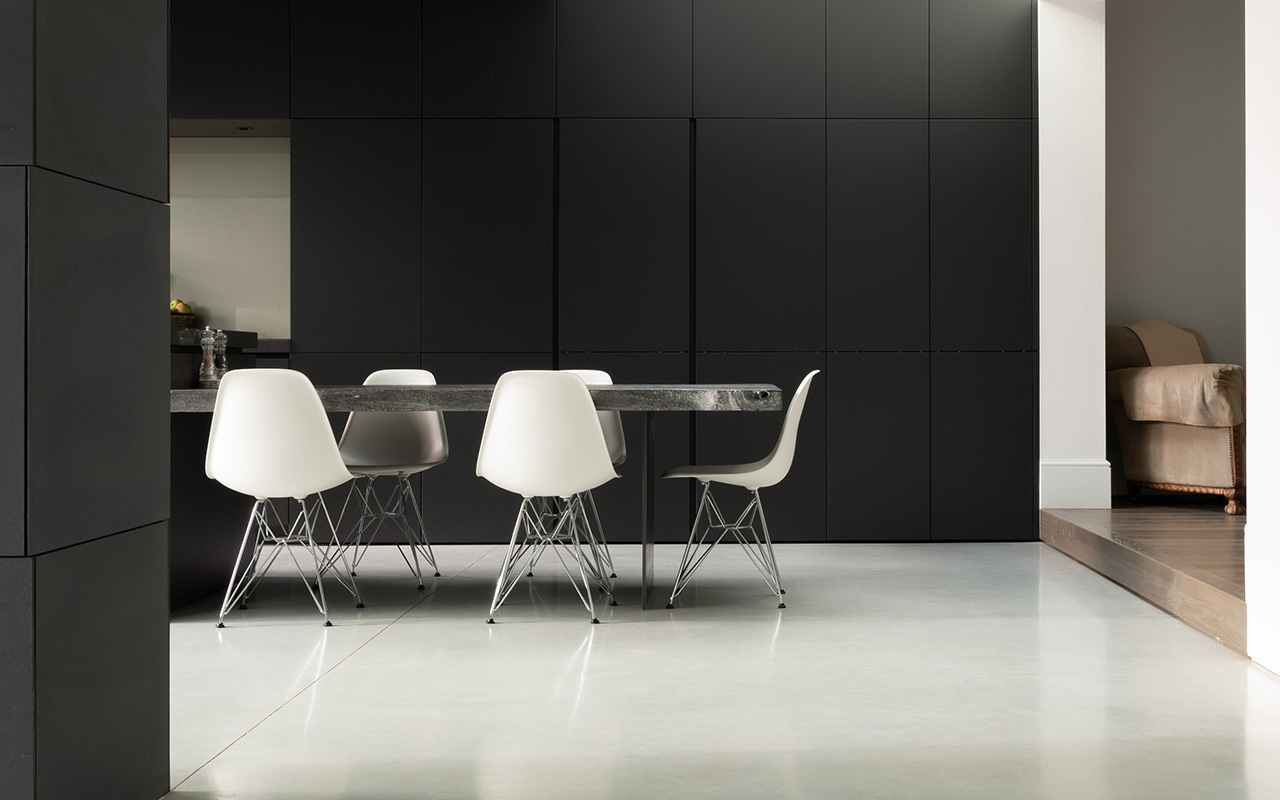
Image 1: Off White. Robert Dye Architects.
Jeremy Philips Photography.
Jeremy Philips Photography.
To create instant drama play with stark monochromes and geometric lines. Here, Robert Dye Architects have used our Off White polished concrete (satin finish) to create a sensational black and white kitchen.
“Lighter shades of polished concrete create stunning contrasts with darker materials,” explains Ben. “A wonderful alternative to marble flooring, white concrete excels at brightening up areas low on natural light.”
Once you’ve chosen your base and wall colours, find ways to subvert expectations throughout your design. See how the chairs echo the white floor? Simple yet sculptural shapes create cohesion within contrast and provide a focal point. Here, the communal eating space is the heart of this family kitchen.
“Lighter shades of polished concrete create stunning contrasts with darker materials,” explains Ben. “A wonderful alternative to marble flooring, white concrete excels at brightening up areas low on natural light.”
Once you’ve chosen your base and wall colours, find ways to subvert expectations throughout your design. See how the chairs echo the white floor? Simple yet sculptural shapes create cohesion within contrast and provide a focal point. Here, the communal eating space is the heart of this family kitchen.
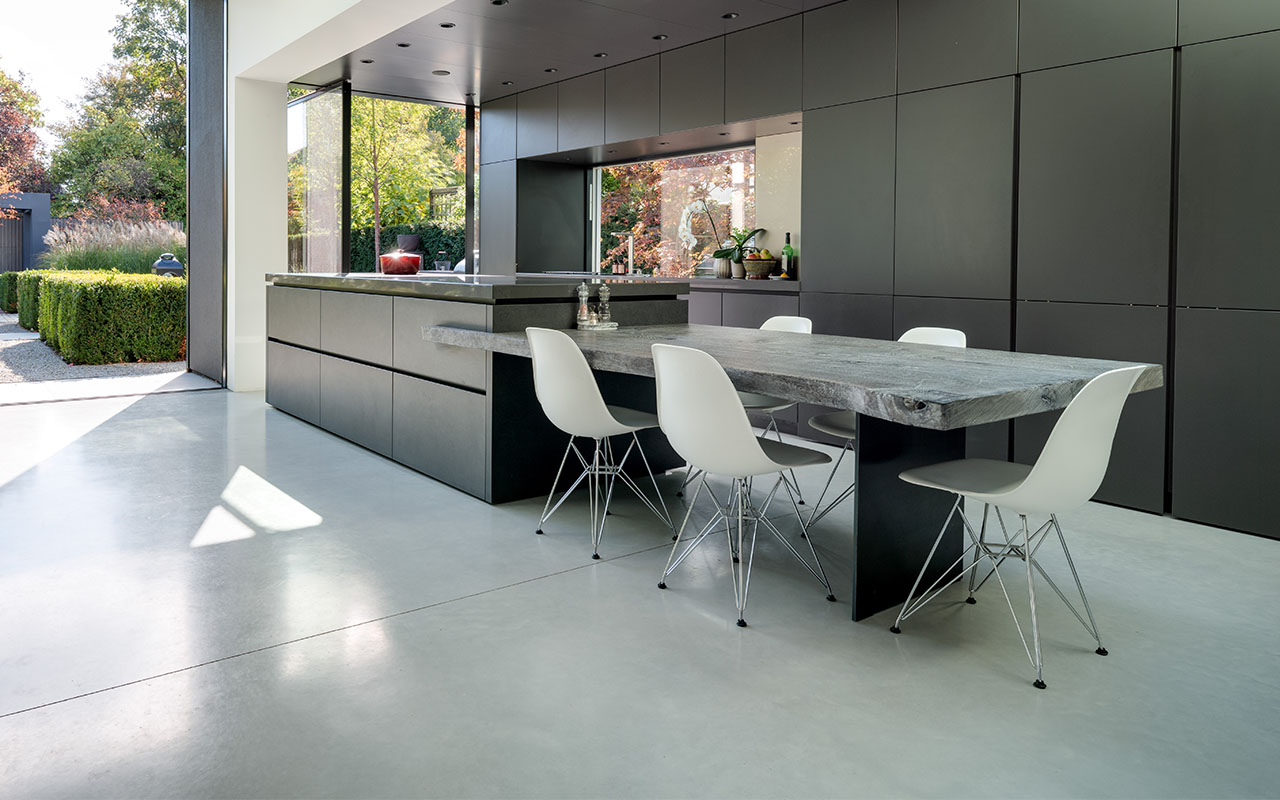
Image 2: Off White. Robert Dye Architects.
Jeremy Philips Photography.
Jeremy Philips Photography.
For neutral elegance with an industrial twist, use concrete’s textures and tones for inspiration. De Beauvoir Design practice explain that the creative concept for this gorgeous kitchen began with three words: “industrial,” “luxury” and “concrete.”
From our popular Light Natural polished concrete base, De Beauvoir weave neutral shades and playful textures throughout the design. The cupboards and cabinets reflect the concrete’s unique surface while the ceramic worktop and splash-back reference sumptuous Ceppo di Gre stone. “The aim was to make the surfaces tactile and natural,” De Beauvoir add, “retaining practicality in a shared family space”.
Feeling inspired? A statement worktop will give your polished concrete floor instant wow-factor. Ceramic (image 3) is a versatile option while marble adds a touch of decadence. Combining durability, versatility and unbeatable design, we love our handcrafted and bespoke concrete worktops – for ultimate sophistication, try colour-matching the surfaces with your floor (see image 5 below).
From our popular Light Natural polished concrete base, De Beauvoir weave neutral shades and playful textures throughout the design. The cupboards and cabinets reflect the concrete’s unique surface while the ceramic worktop and splash-back reference sumptuous Ceppo di Gre stone. “The aim was to make the surfaces tactile and natural,” De Beauvoir add, “retaining practicality in a shared family space”.
Feeling inspired? A statement worktop will give your polished concrete floor instant wow-factor. Ceramic (image 3) is a versatile option while marble adds a touch of decadence. Combining durability, versatility and unbeatable design, we love our handcrafted and bespoke concrete worktops – for ultimate sophistication, try colour-matching the surfaces with your floor (see image 5 below).
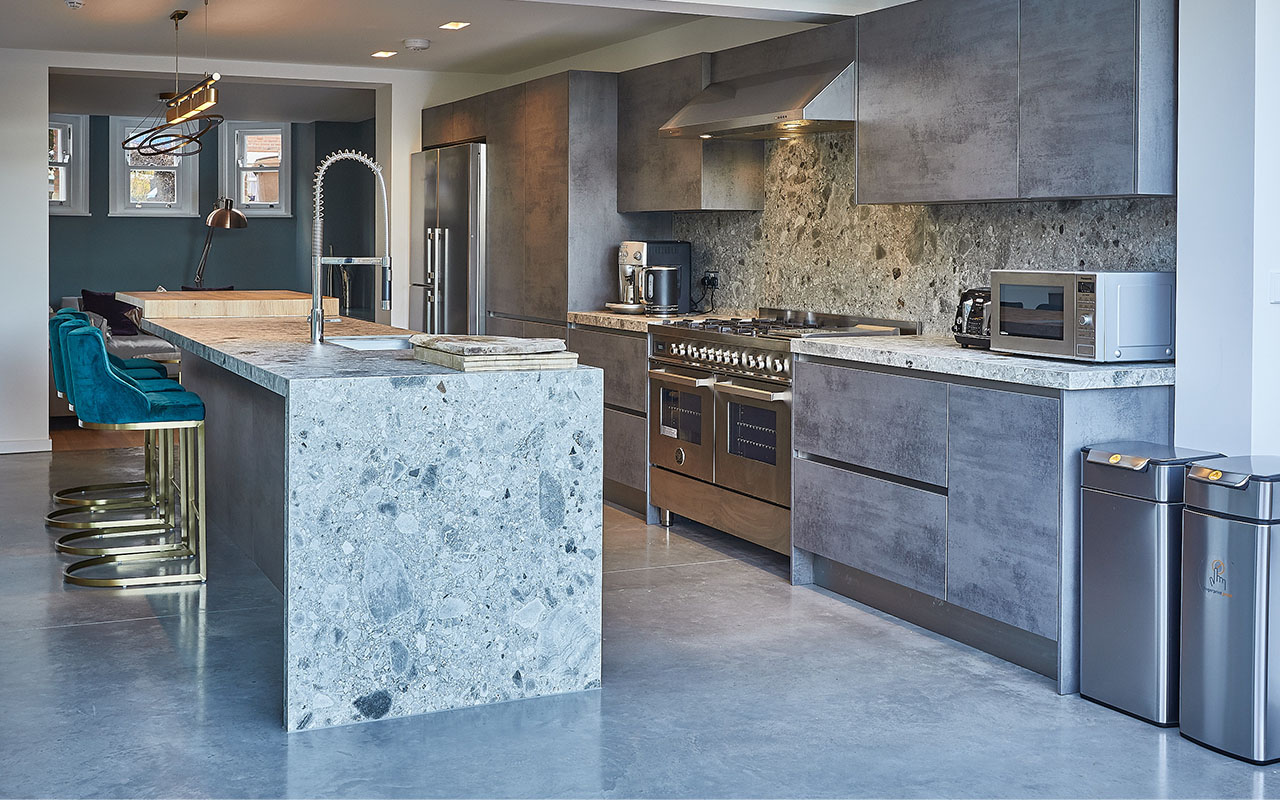
Image 3: Light Natural. De Beauvoir Design.
If you think Modern Industrial is just for kitchens, think again. “We’re used to seeing polished concrete flooring in functional spaces,” says Ben, “but this plush open-plan living area demonstrates how the style works beautifully in softer spaces.”
Elaborating on monochrome, Scandinavian-inspired grey, white and blue soft furnishings are literally reflected in our Iron Grey concrete, complemented by a textured rug to relax the space. A reclined leather seat and woven basket accessory provide a warm counterpoint to cooler tones.
While Modern Industrial’s clean lines and geometry are reflected in the fireplace and furniture - we love the box-shaped sofa and modest coffee table - it’s the choice of fabrics that really elevates the design.
For an instant update, pair polished concrete with course textures - woven or knitted - and traditional materials such as leather and suede.
Elaborating on monochrome, Scandinavian-inspired grey, white and blue soft furnishings are literally reflected in our Iron Grey concrete, complemented by a textured rug to relax the space. A reclined leather seat and woven basket accessory provide a warm counterpoint to cooler tones.
While Modern Industrial’s clean lines and geometry are reflected in the fireplace and furniture - we love the box-shaped sofa and modest coffee table - it’s the choice of fabrics that really elevates the design.
For an instant update, pair polished concrete with course textures - woven or knitted - and traditional materials such as leather and suede.
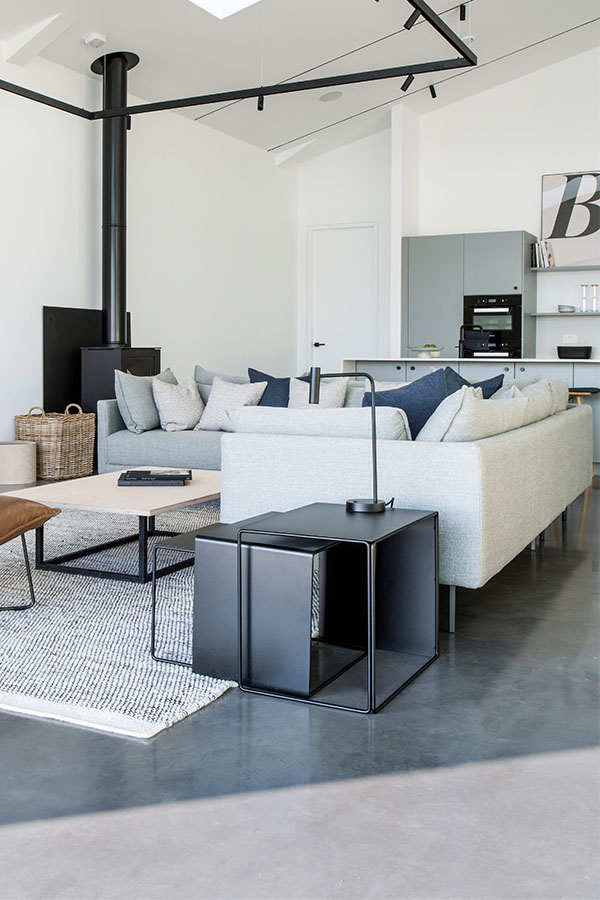
Image 4: Iron Grey. Barr Build.
Lucy Walters Photography.
Lucy Walters Photography.
2. Contemporary Cosy
“A kitchen finished in hand poured concrete sounds like it should be cold and soulless,” say designers Olive and Barr, “and yet there’s something about this material that feels light, bright and impossibly soft.”
Impossibly soft is the definition of Contemporary Cosy where concrete meets comfort to create an interior that feels intimate and refined. Think rich colours and organic materials combined with artisanal features and traditional character.
Impossibly soft is the definition of Contemporary Cosy where concrete meets comfort to create an interior that feels intimate and refined. Think rich colours and organic materials combined with artisanal features and traditional character.
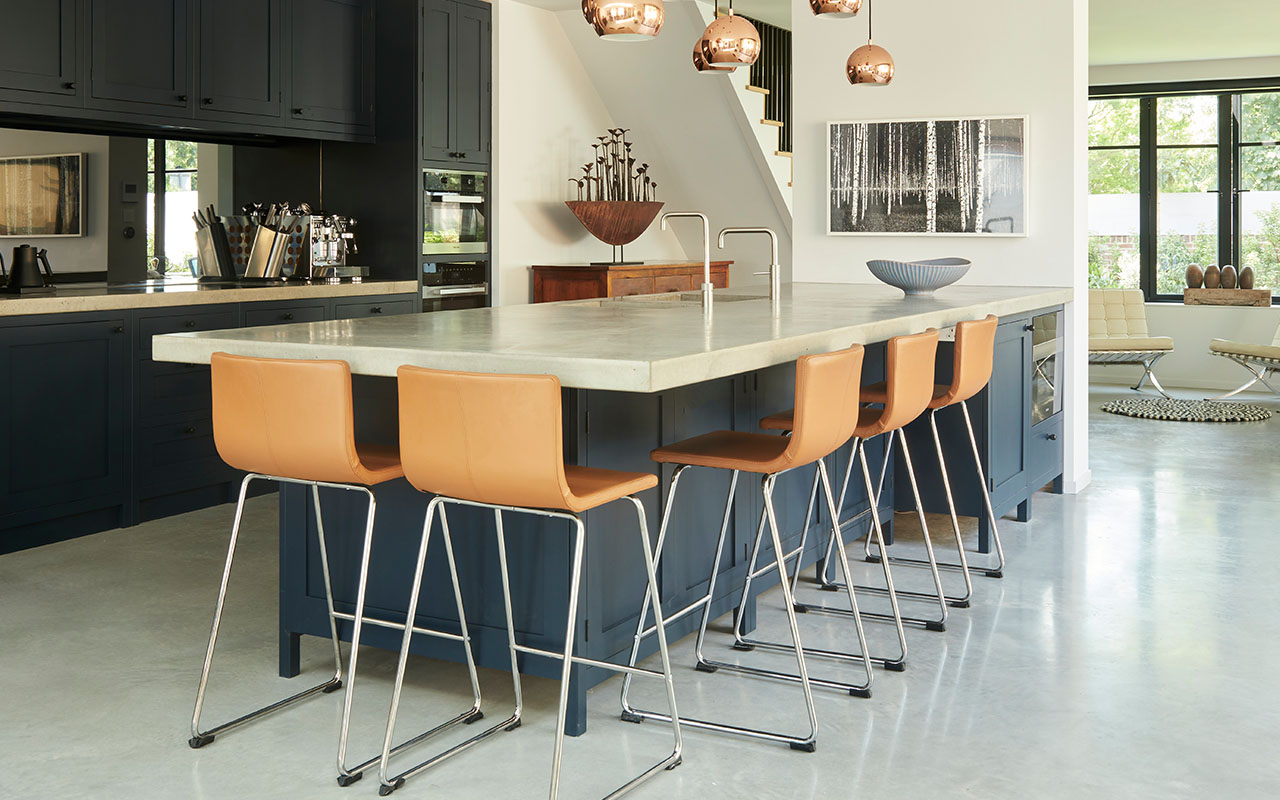
Image 5: Light Natural. Pike and Partners.
Olive & Barr Photography.
Olive & Barr Photography.
This barn conversion showcases one of our favourite Contemporary Cosy interiors. Barr Build explain that “an exposed concrete frame sets the scene for mixed timber finishes, matt black features and brass accents,” coming together to create “an arrestingly unique aesthetic.”
To recreate the effect, try retaining or modernising an original feature. Here, the French oak-beamed ceiling is a rich partner to our Black polished concrete, creating warmth without sacrificing style. Fine craftsmanship, in the form of bespoke ebony-stained redwood cabinetry and shelving, references a traditional timber kitchen to create a space that feels contemporary and unique.
To recreate the effect, try retaining or modernising an original feature. Here, the French oak-beamed ceiling is a rich partner to our Black polished concrete, creating warmth without sacrificing style. Fine craftsmanship, in the form of bespoke ebony-stained redwood cabinetry and shelving, references a traditional timber kitchen to create a space that feels contemporary and unique.
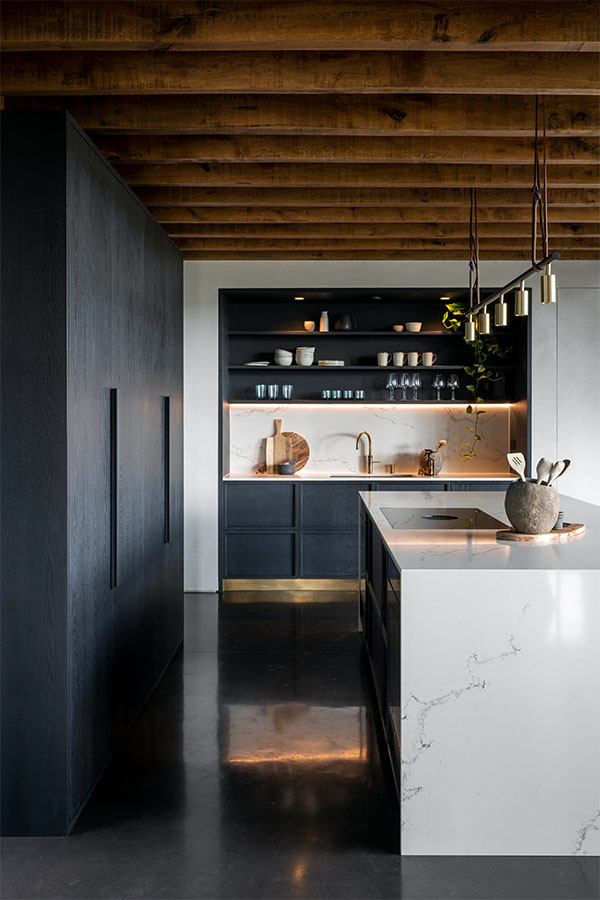
Image 6: Black. Barr Build.
Lucy Walters Photography.
Lucy Walters Photography.
For a brighter interpretation of Contemporary Cosy, we love the opulent French windows in this lavish open space.
“Consider how your concrete floor can take advantage of natural light,” Ben advises. “Polished concrete can be highly reflective with Satin and Gloss finishes, so factoring this in at the early design stage creates a number of possibilities.”
Here, the window motif is reflected in simple beams and long shadows cast across our satin-finished Cream Buff flooring to dazzling effect. The space feels warm but bright, open but homely.
Opt for a traditional window to create a focal point with unparalleled elegance and proportions that beautifully frame exterior spaces.
“Consider how your concrete floor can take advantage of natural light,” Ben advises. “Polished concrete can be highly reflective with Satin and Gloss finishes, so factoring this in at the early design stage creates a number of possibilities.”
Here, the window motif is reflected in simple beams and long shadows cast across our satin-finished Cream Buff flooring to dazzling effect. The space feels warm but bright, open but homely.
Opt for a traditional window to create a focal point with unparalleled elegance and proportions that beautifully frame exterior spaces.
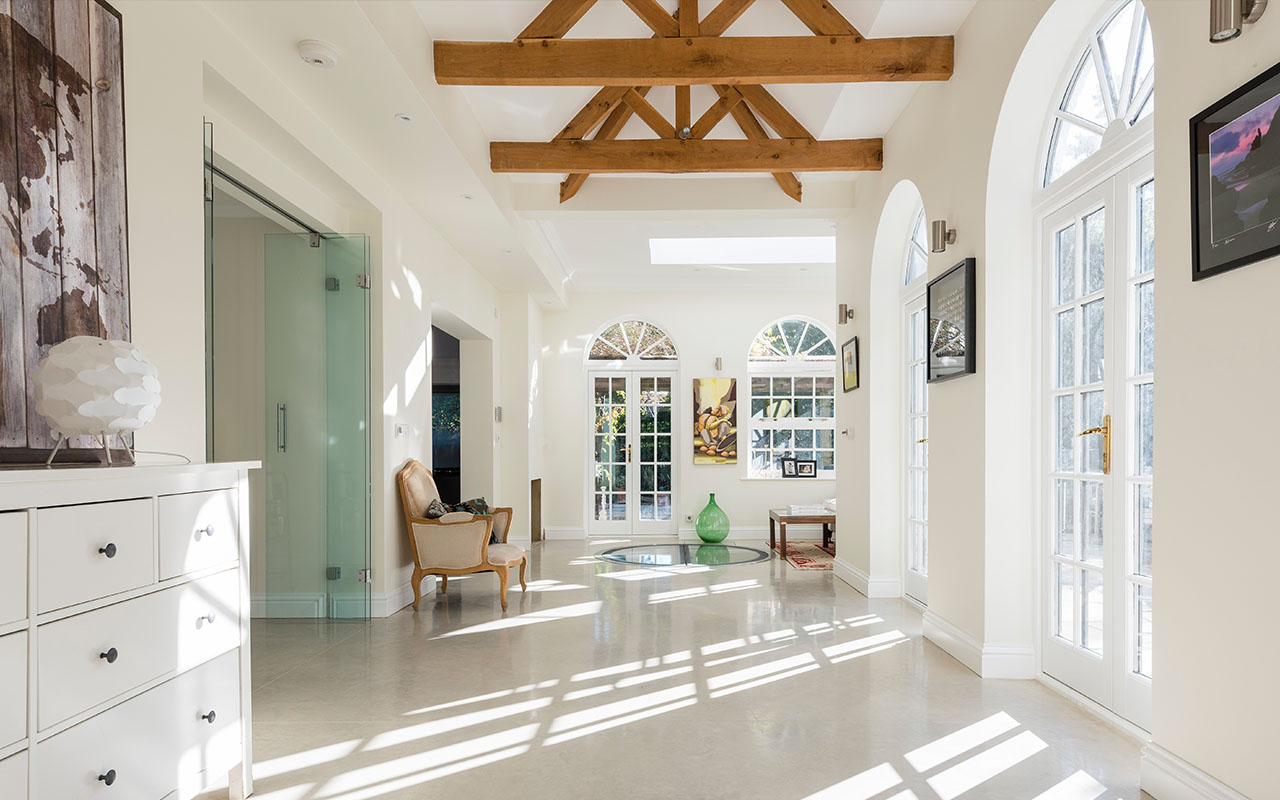
Image 7: Cream Buff.
Jeremy Philips Photography.
Jeremy Philips Photography.
A warm-toned exposed brick feature wall is another way to play with traditional features, adding instant warmth. In this stylish living room, it’s a delightful contrast to crisp white walls and our Light Natural polished concrete.
While chipping plaster off a wall to expose the bricks beneath is always an option, consider using brick slips. Retaining the appearance and texture of bricks, they’re much thinner and can be installed using adhesive techniques similar to tiling.
We love how this design showcases the power of accessorising. “Colourful, contemporary furniture, stylish lighting and interesting art, accessories and objects complement the eye-catching backdrop,” explain Interior Design specialists Zulufish. “The result is a contemporary yet relaxed entertaining space.”
Feeling brave? A radical pop of colour, like this mustard sofa, will liven up any space.
While chipping plaster off a wall to expose the bricks beneath is always an option, consider using brick slips. Retaining the appearance and texture of bricks, they’re much thinner and can be installed using adhesive techniques similar to tiling.
We love how this design showcases the power of accessorising. “Colourful, contemporary furniture, stylish lighting and interesting art, accessories and objects complement the eye-catching backdrop,” explain Interior Design specialists Zulufish. “The result is a contemporary yet relaxed entertaining space.”
Feeling brave? A radical pop of colour, like this mustard sofa, will liven up any space.
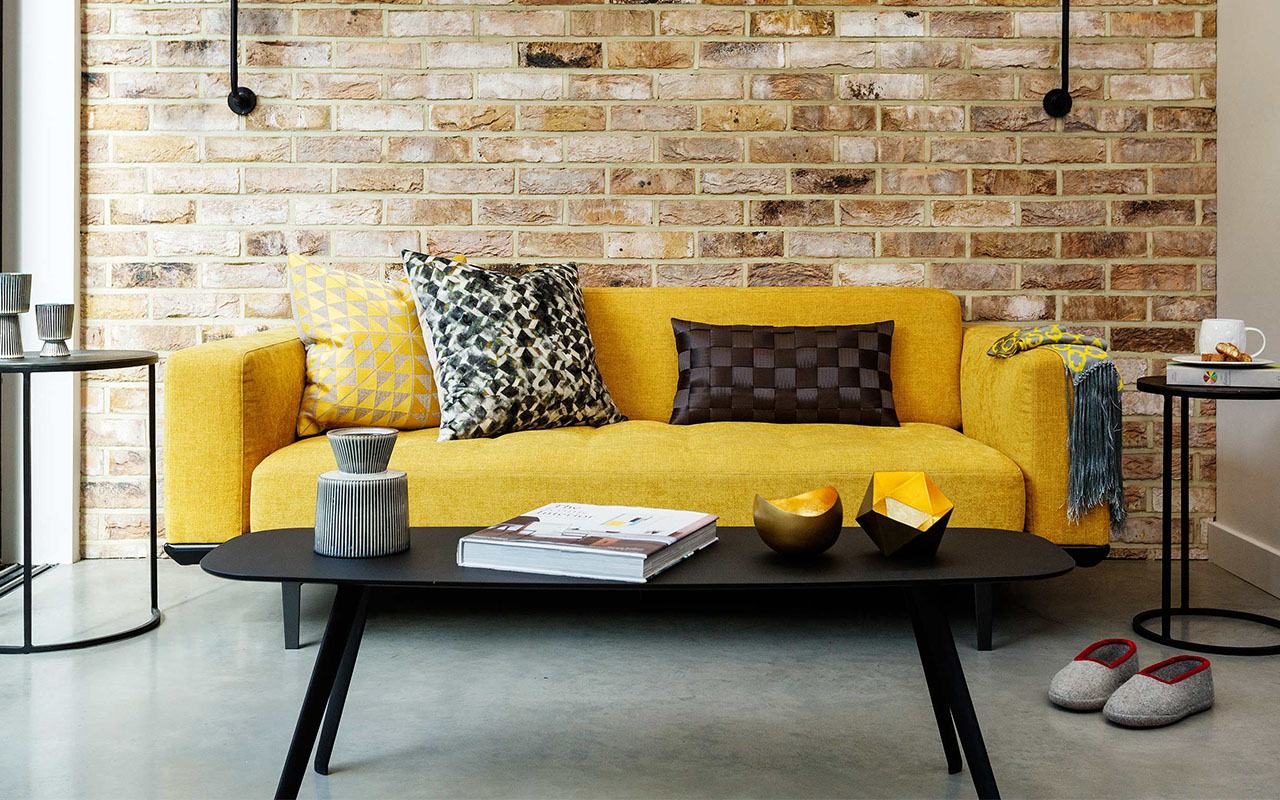
Image 8: Light Natural. Zulufish.
Not quite ready to go full-mustard? Think of neutral shades as a “jumping off point” rather than a dictator of design.
Here, Iron Grey polished concrete is the basis for a rich and enigmatic colour palette in this handsome hall and stairway that doubles as a snug reading nook. To recreate this effect play with a colour palette that couples several complementary neutral tones with a single bold colour contrast.
A conversion or renovation project is ideal for the Contemporary Cosy aesthetic. Ben’s advice? “Take your inspiration from the building’s past and develop your design from there.”
Here, Iron Grey polished concrete is the basis for a rich and enigmatic colour palette in this handsome hall and stairway that doubles as a snug reading nook. To recreate this effect play with a colour palette that couples several complementary neutral tones with a single bold colour contrast.
A conversion or renovation project is ideal for the Contemporary Cosy aesthetic. Ben’s advice? “Take your inspiration from the building’s past and develop your design from there.”
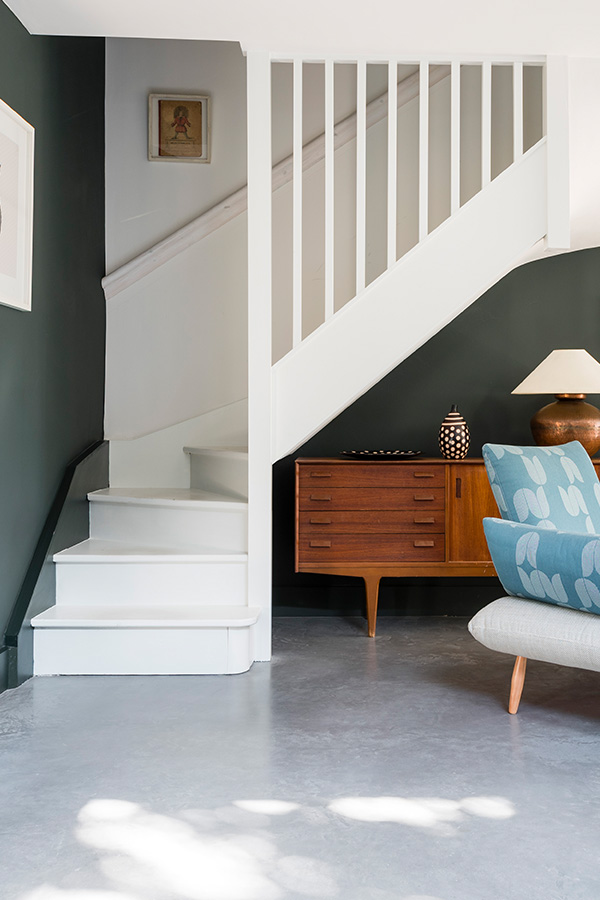
Image 9: Iron Grey. Keith Whitworth Architects.
Jeremy Philips Photography.
Jeremy Philips Photography.
3. Urban Organic
If you love elements of Modern Industrial and Contemporary Cosy, Urban Organic might be just your vibe.
“Concrete is a uniquely versatile base that, despite its manmade origins, complements an array of natural materials,” Ben explains. “By combining clean lines and minimalist roots with organic materials and rich colours, Urban Organic incorporates the best of both worlds.”
“Concrete is a uniquely versatile base that, despite its manmade origins, complements an array of natural materials,” Ben explains. “By combining clean lines and minimalist roots with organic materials and rich colours, Urban Organic incorporates the best of both worlds.”
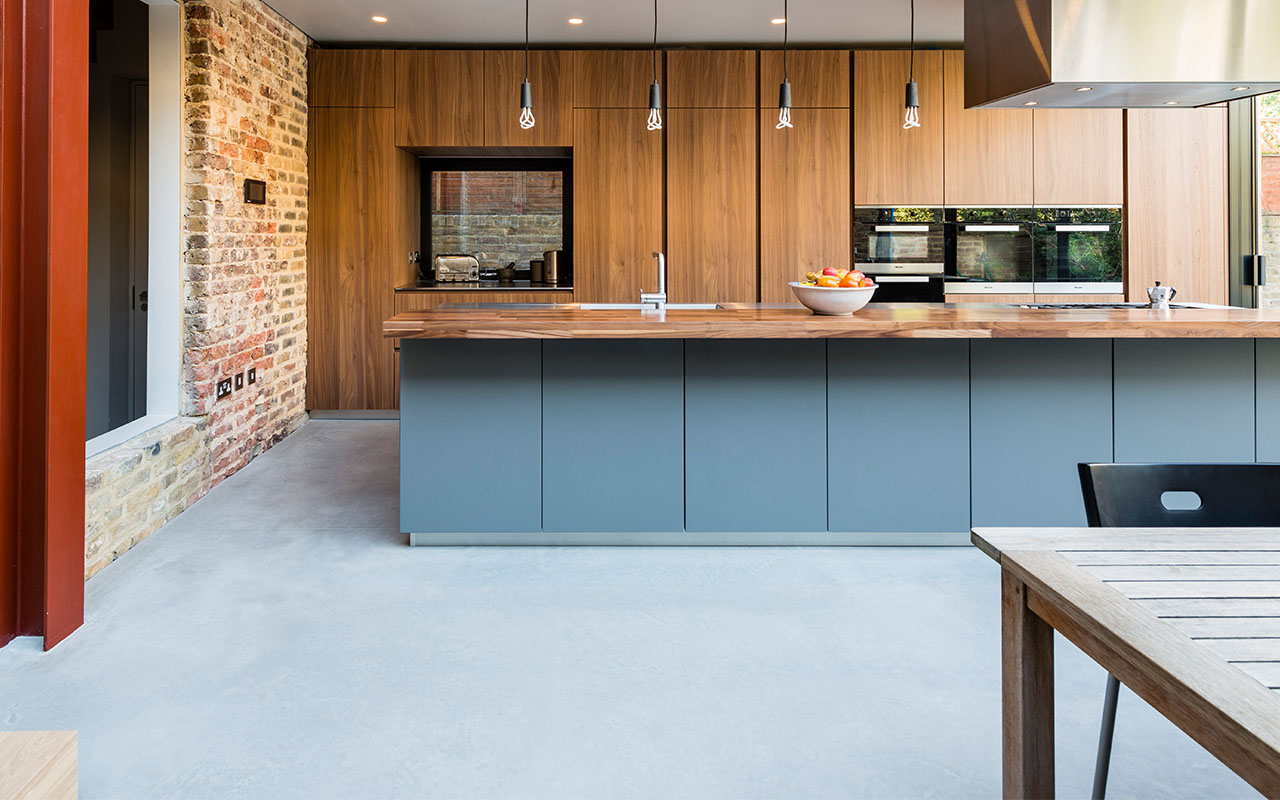
Image 10: Light Natural. Vercelli Cohen Architects.
Jeremy Philips Photography.
Natural timber tones are a key element in any Urban Organic-inspired space. This bespoke kitchen pairs one of our favourite woods, oak, with our Light Natural concrete.
Threefold Architects explain that the “stripped back material palette” forms the basis of the open-plan extension, inspired by “a clean modern aesthetic.”
“Timber is an increasingly popular partner for polished concrete,” Ben adds. “The warm tones go well with concrete’s neutral shades, such as our whites and greys, while adding depth to our bolder colours.”
To recreate this look separate your design into contrasting contemporary and organic zones to create spacial drama. Don’t be afraid to embrace timber textures. Wholly unique, natural wood grain adds earthiness and transforms a practical space into a sanctuary.
Threefold Architects explain that the “stripped back material palette” forms the basis of the open-plan extension, inspired by “a clean modern aesthetic.”
“Timber is an increasingly popular partner for polished concrete,” Ben adds. “The warm tones go well with concrete’s neutral shades, such as our whites and greys, while adding depth to our bolder colours.”
To recreate this look separate your design into contrasting contemporary and organic zones to create spacial drama. Don’t be afraid to embrace timber textures. Wholly unique, natural wood grain adds earthiness and transforms a practical space into a sanctuary.
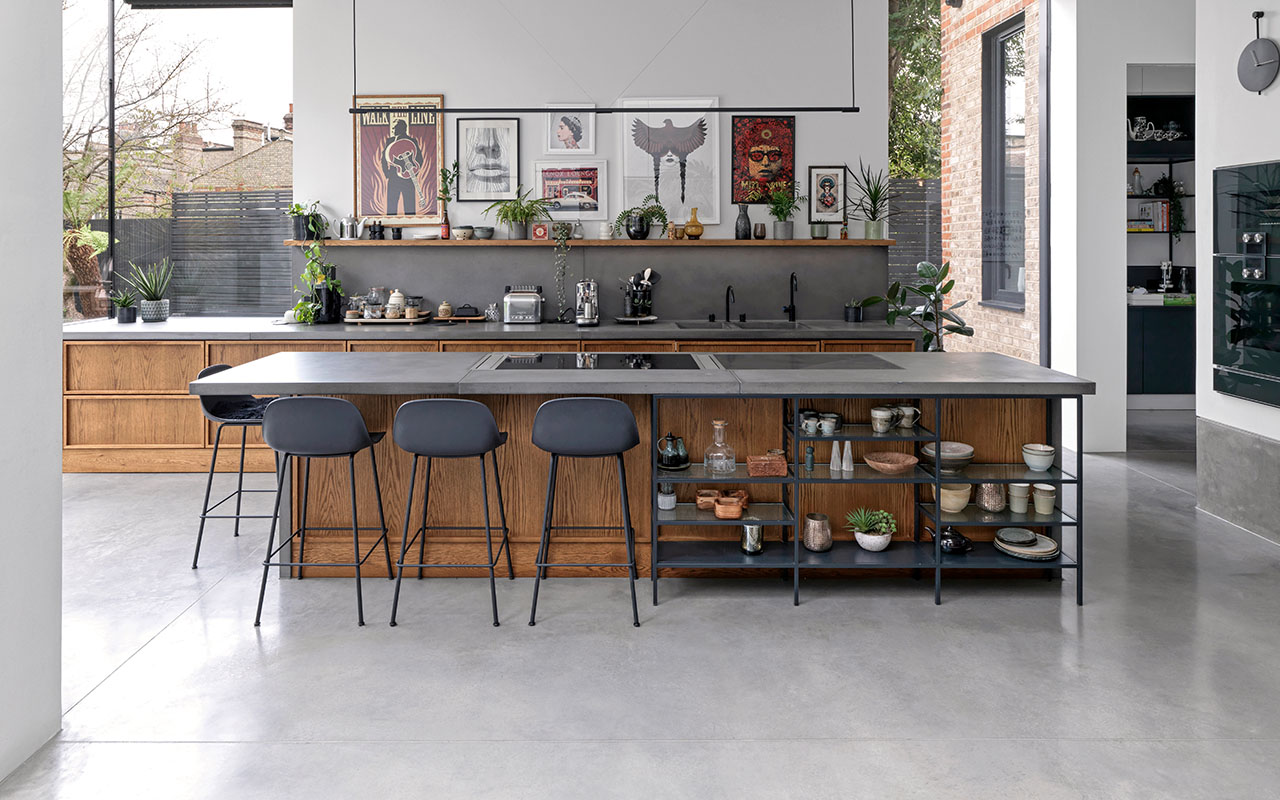
Image 11: Light Natural. Threefold Architects.
Charles Hosea Photography.
Charles Hosea Photography.
Edging towards the modernist end of the Urban Organic spectrum, here we see an exposed brick wall with a vastly different impact to the Contemporary Cosy aesthetic.
Shaped by water and then clay-fired, these rough-edged bricks have a delicate mottled appearance, creating a sleek and steady presence. The craftsmanship behind these bricks dates back to the 1790s, proving how traditional methods are still at the forefront of design.
Design tip! A palette of just three key materials drives the interior aesthetic in this space: concrete, brick and wood. Once you’ve chosen your perfect polished concrete floor and finish, choose two contrasting materials - think different stone textures, bricks, timbers, glass, polished plaster.
Confine one material to your vertical spaces - the walls, cupboards or cabinets. With your second material, play with sculptural furniture to create balance in the space. We love this curved oak dining table and bench - it’s practically a work of art.
Shaped by water and then clay-fired, these rough-edged bricks have a delicate mottled appearance, creating a sleek and steady presence. The craftsmanship behind these bricks dates back to the 1790s, proving how traditional methods are still at the forefront of design.
Design tip! A palette of just three key materials drives the interior aesthetic in this space: concrete, brick and wood. Once you’ve chosen your perfect polished concrete floor and finish, choose two contrasting materials - think different stone textures, bricks, timbers, glass, polished plaster.
Confine one material to your vertical spaces - the walls, cupboards or cabinets. With your second material, play with sculptural furniture to create balance in the space. We love this curved oak dining table and bench - it’s practically a work of art.
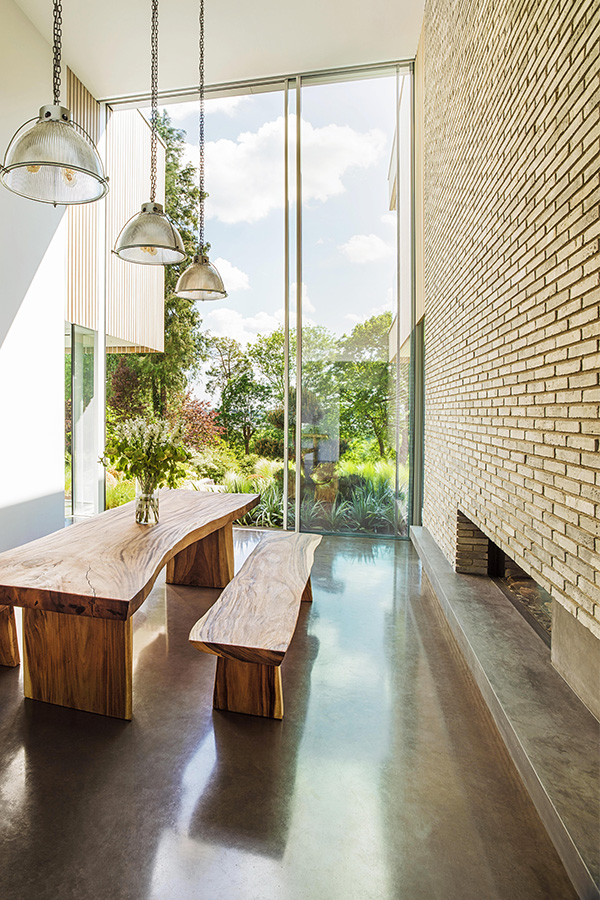
Image 12: Basalt. Gregory Philips Architects.
Mel Yates Photography.
Back to Threefold Architect’s extension and, from a different angle, it becomes clear just how important outside space is in this design.
“Floor to ceiling glazing and a green wall help bring the outside in,” say the architects. The intention is to make the most of the small courtyard garden, epitomising another key feature of the Urban Organic aesthetic.
If you’ve got the glass, go wild with your exterior spaces. Think of each opening to the outside world as a painting - luscious lawns, tall trees and shaggy shrubs are your brushstrokes.
“Floor to ceiling glazing and a green wall help bring the outside in,” say the architects. The intention is to make the most of the small courtyard garden, epitomising another key feature of the Urban Organic aesthetic.
If you’ve got the glass, go wild with your exterior spaces. Think of each opening to the outside world as a painting - luscious lawns, tall trees and shaggy shrubs are your brushstrokes.
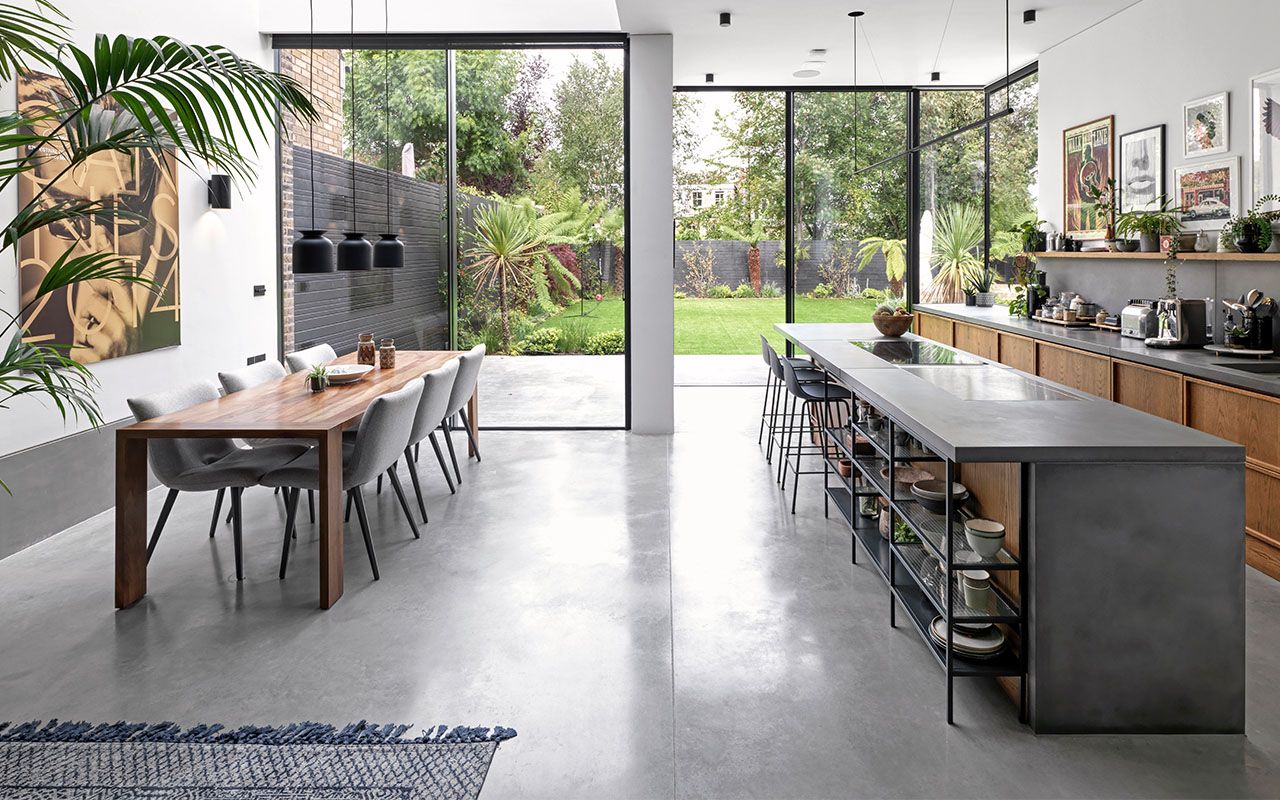
Image 13: Light Natural. Threefold Architects.
Charles Hosea Photography.
Charles Hosea Photography.
Of course, it’s easier to factor natural light in at the building stage but if you don’t have the luxury of floor to ceiling glass, don’t fret. Even a small exterior space has the potential to have a huge impact inside. Instead of a green wall, consider creating a green window utilising potted plants or even an updated window planter.
And, if you’re short on natural light, Ben recommends shades such as Oyster White or Henley Buff for their excellent light-refracting properties.
And, if you’re short on natural light, Ben recommends shades such as Oyster White or Henley Buff for their excellent light-refracting properties.
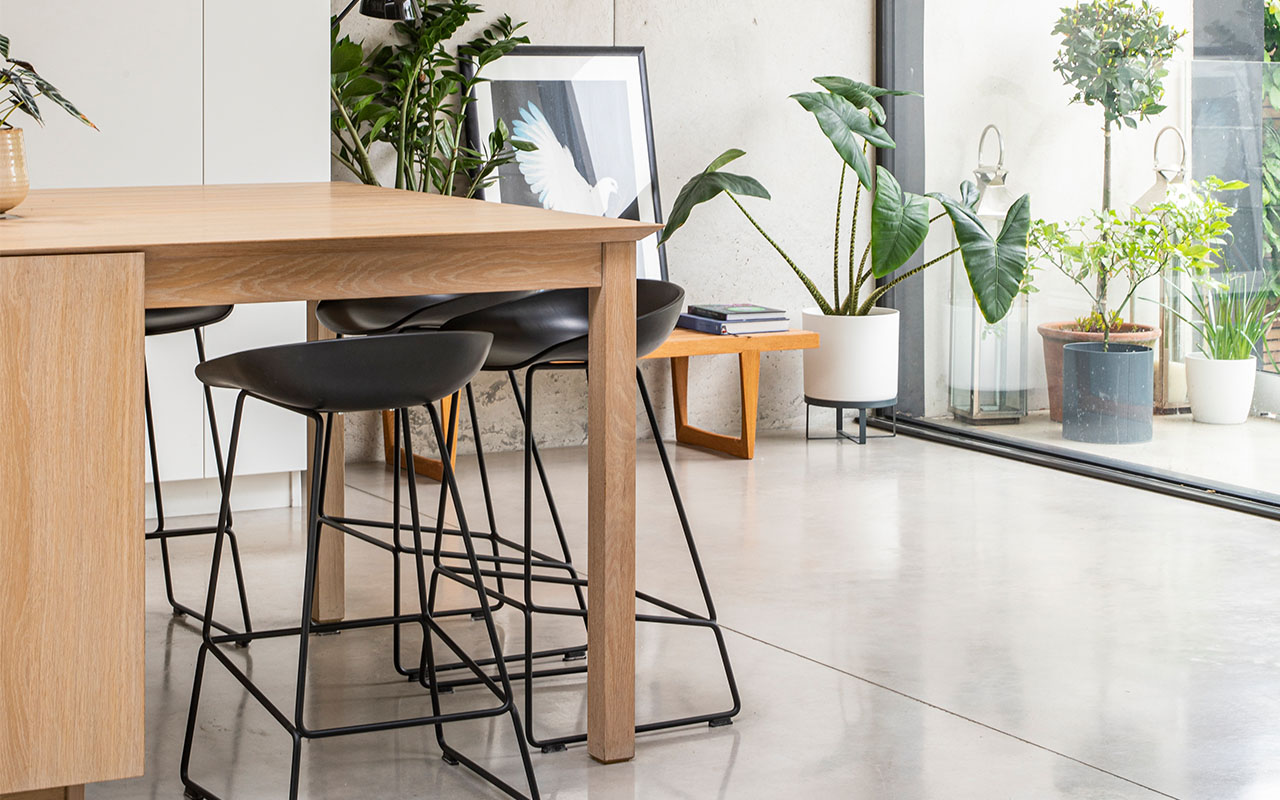
Image 14: Henley Buff. Project 3 Architects.
Paul Karalius Photography.
Alternatively, bring the outdoors in. Literally. Plants have as much power as a piece of art or unique furniture so take inspiration from your natural surroundings. A decadent plant-scape can really complement your Urban Organic interior so choose design-centric vessels and consider your plant placement carefully.
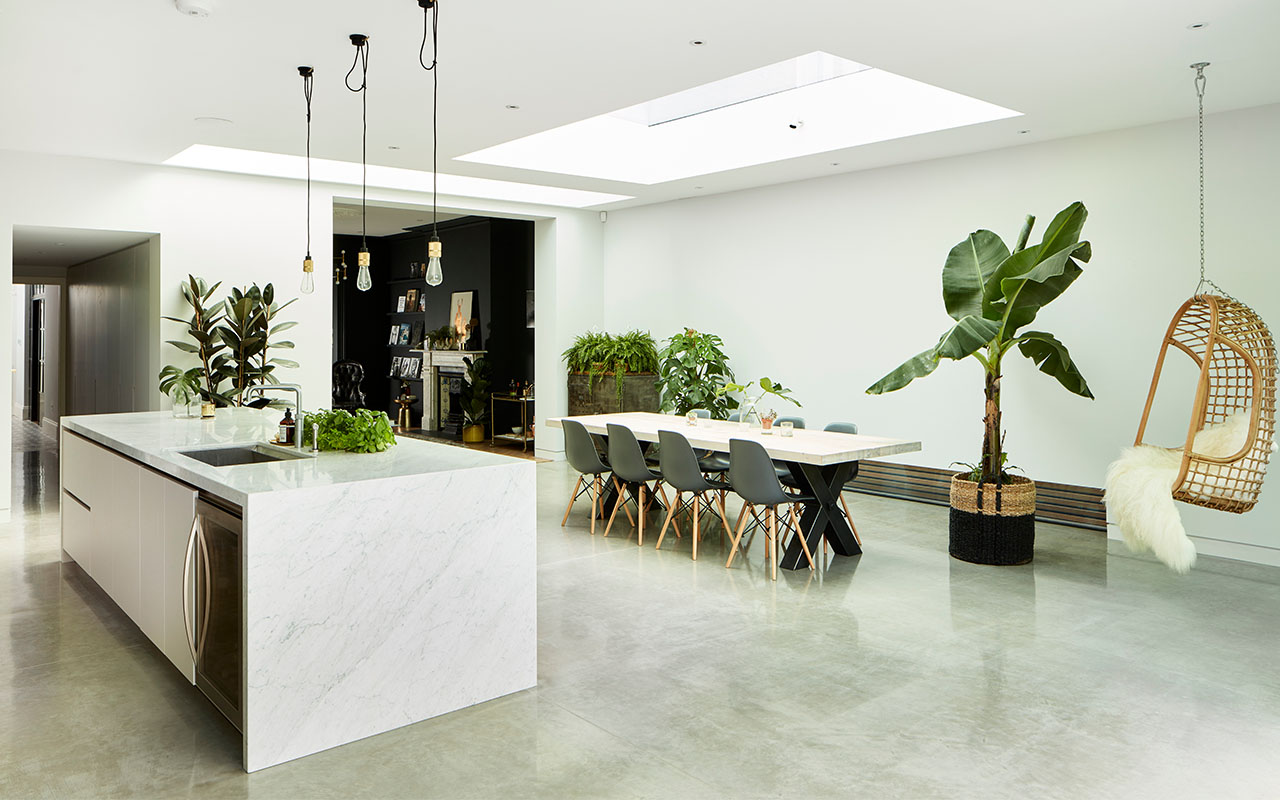
Image 15: Light Natural. ade Architects.
Matt Clayton Photography.
Matt Clayton Photography.
Lazenby
Polished Concrete Flooring
Visit our Polished Concrete page to find out more and see how our stunning flooring can fit perfectly within your design.Explore our Polished Concrete range.
View Products
Have you considered polished concrete in your home?
VISIT OUR PORTFOLIO ON INSTAGRAM
Talk to Our Dedicated Team Today


